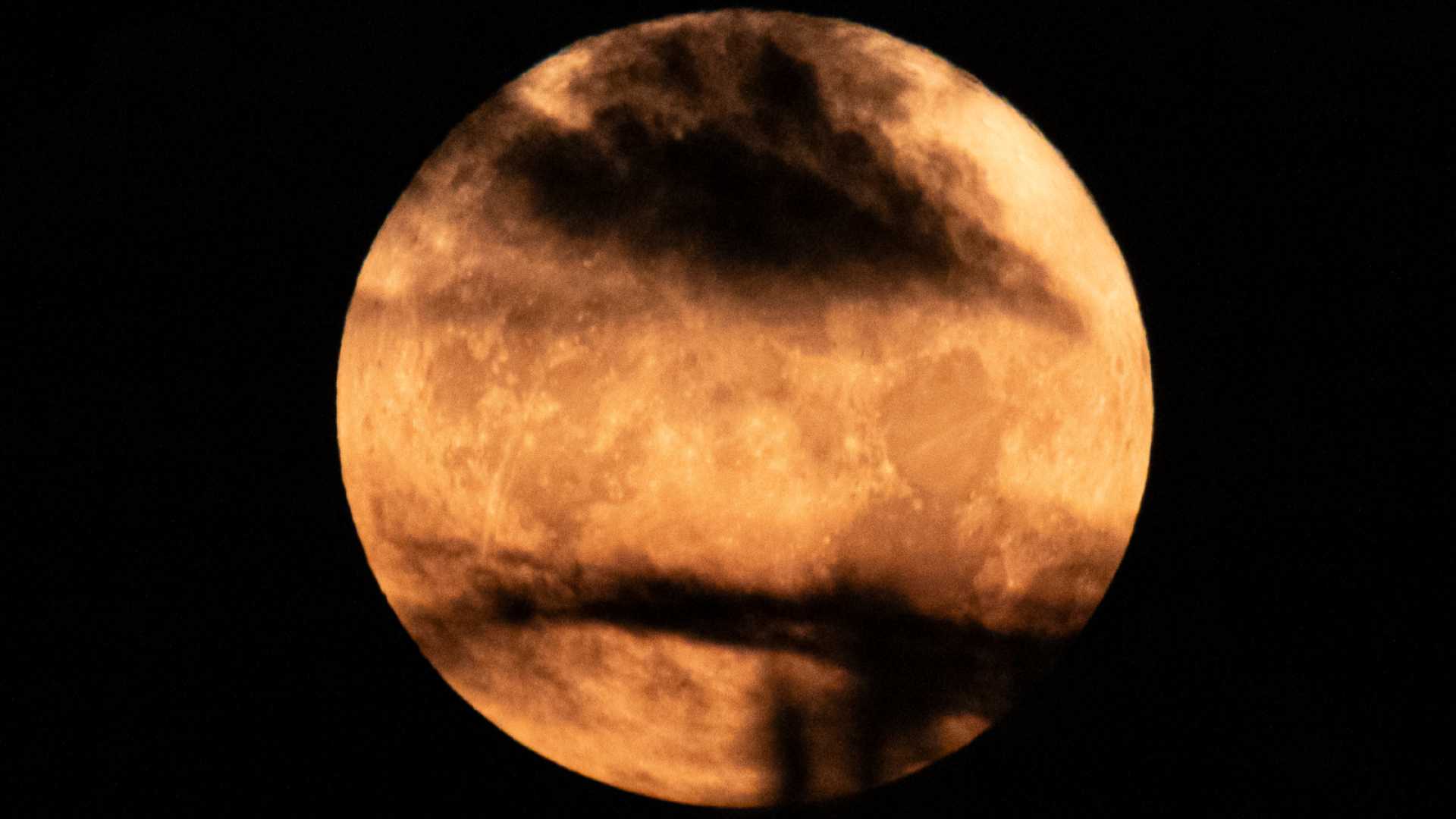News
Skywatchers Prepare for July’s Full Buck Moon on July 10

Washington, D.C. — Skywatchers in North America are gearing up for this month’s full buck moon, which will reach peak illumination at 4:37 p.m. ET on July 10, 2025. The best viewing will occur on the evening of July 10, a few hours after sunset.
Noah Petro, chief of NASA’s Planetary Geology, Geophysics and Geochemistry Laboratory, explained the appeal of the full moon, saying, “The nice thing about the full moon is it looks full about a day on either side of it.” Thus, people can expect to see a full moon on the nights surrounding its peak, including July 9 and 11.
The full buck moon is named for the time of year when male deer, known as bucks, begin to grow their antlers. According to The Old Farmer’s Almanac, many Native American tribes had various names for this lunar phenomenon; for example, the Cree tribe called it the molting moon, while the Tlingit tribe referred to it as the salmon moon, marking seasonal changes in nature.
Petro advises that weather conditions are key for the best viewing. “Find a location with an unobstructed view of the eastern horizon and avoid bright lights,” he recommended.
Although no planets will be visible during the full moon, skywatchers can look forward to sightings of Venus, Jupiter, and Mars toward the end of July. On July 21 and 22, the two planets will be visible low on the horizon before sunrise.
This month’s astronomical events also highlight a historic occasion: the 60th anniversary of NASA’s Mariner 4 mission, which was the first successful flyby of Mars in 1965.
Following the buck moon, skywatchers can anticipate five more full moons in 2025, including supermoons in October, November, and December. A total lunar eclipse will be visible in several regions, including Europe and parts of Asia, on September 7 and 8.
As summer blooms, enthusiasts are encouraged to experience the beauty of the night sky with this month’s breathtaking full moon.












